What’s the best way to explore Chicago? On foot, of course. Stroll through the streets and take breaks when and where you want. Chicago is the city where skyscrapers were invented. That gives you a nice change of perspective. What we would call Old Town in Europe is known in Chicago as The Loop, the business district in downtown Chicago. After the great fire of 1871, which destroyed a quarter of the city and led to a huge housing shortage, people began to build upwards here. The first skyscrapers were built.
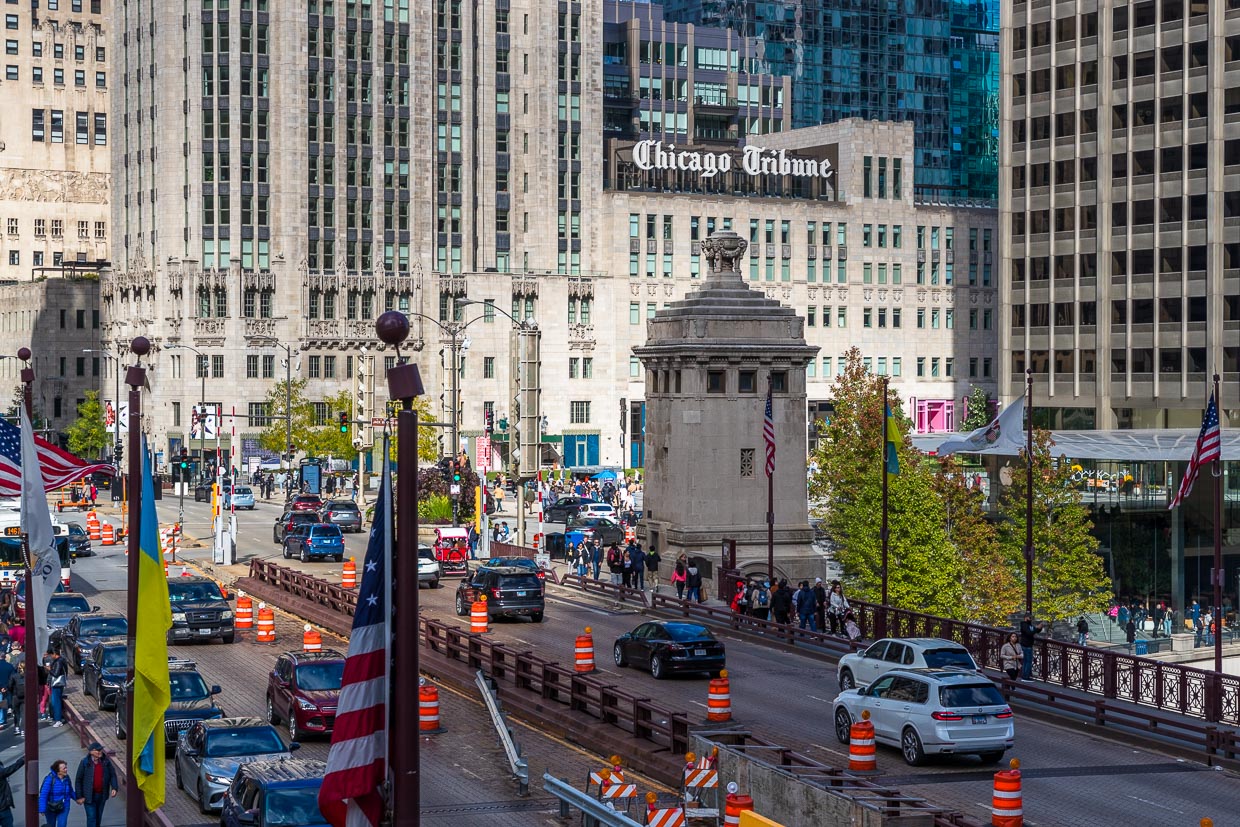
Today there are over 400 skyscrapers in Chicago. At the end of the 19th century, many historic skyscrapers with a fireproof steel skeleton sprang up like mushrooms. But in addition to the fascinating architecture above ground, there are also remarkable structures below ground in Chicago. We describe two attractions in Chicago that were built exclusively for pedestrians and are also free of charge.
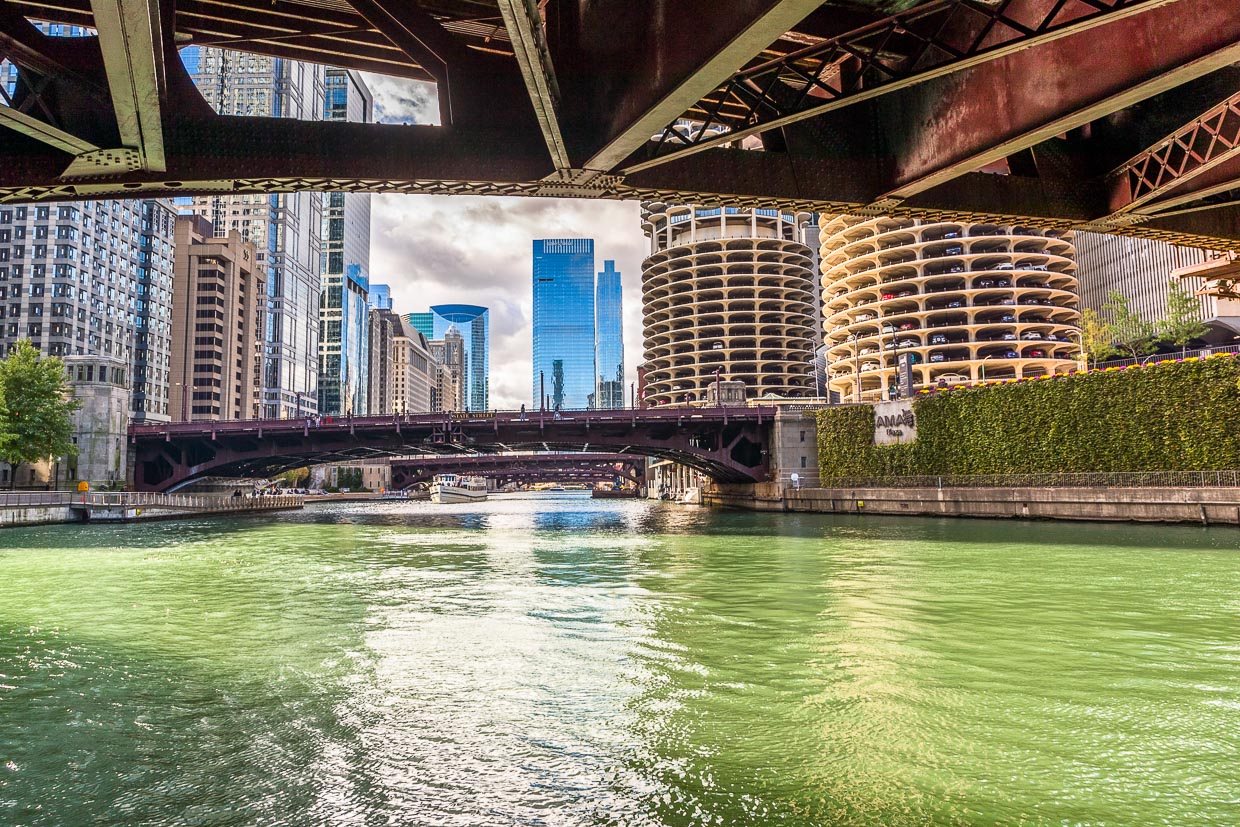
The Chicago Riverwalk
The Riverwalk has become a real leisure and recreational oasis in the midst of Chicago’s skyscrapers. The two-kilometre-long riverwalk was built in several phases from 2001 and crosses the city districts of The Confluence, The Arcade, The Civic and The Esplanade.
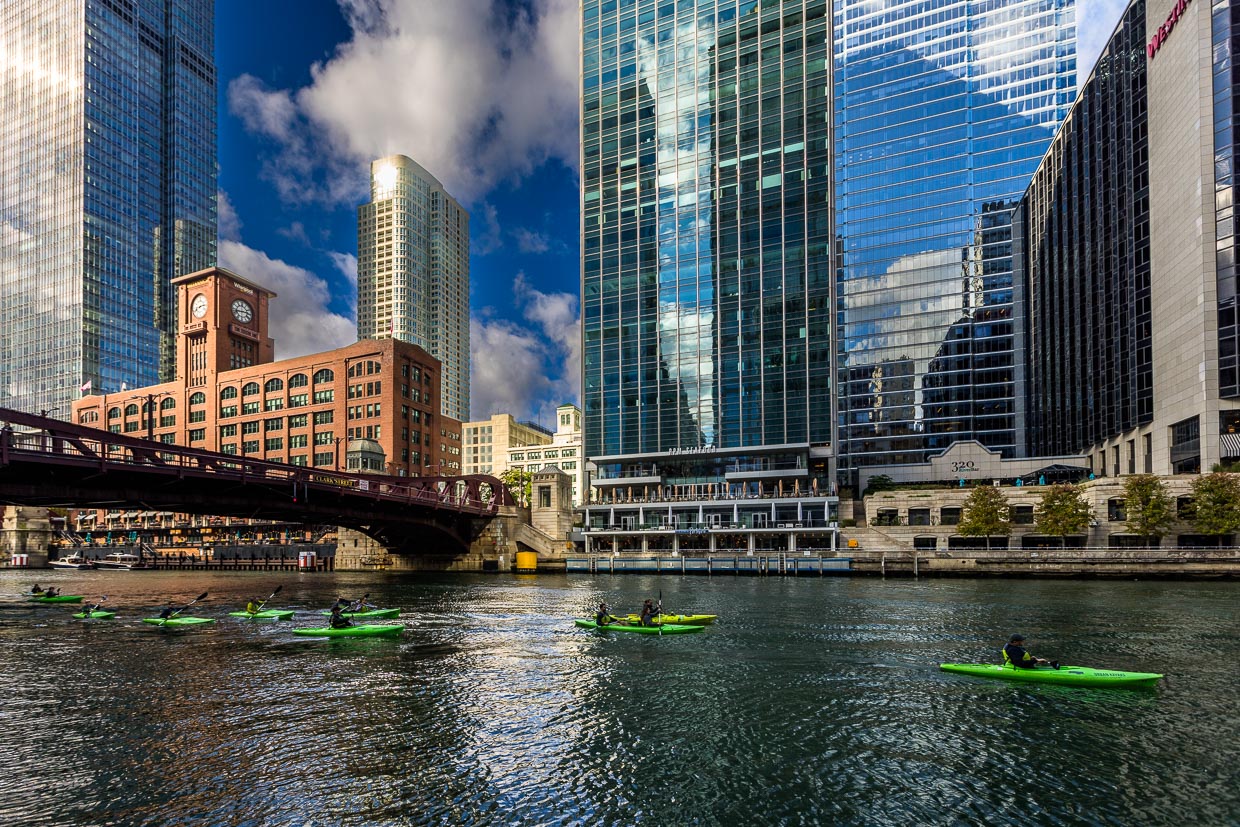
The Chicago Riverwalk is home to restaurants, bars, cafés, small parks, boat and kayak rentals as well as monuments and street art. The promenade runs along the south bank of the Chicago River. There are several stairways down to the Riverwalk. One of the entrances is at the DuSable Bridge on Michigan Avenue. There are wonderful views of architecturally significant skyscrapers along the entire route. There is also plenty of public art and street art to discover along the main branch of the Chicago River. The promenade is free to use. The Chicago Riverwalk is open between 6 a.m. and 11 p.m.
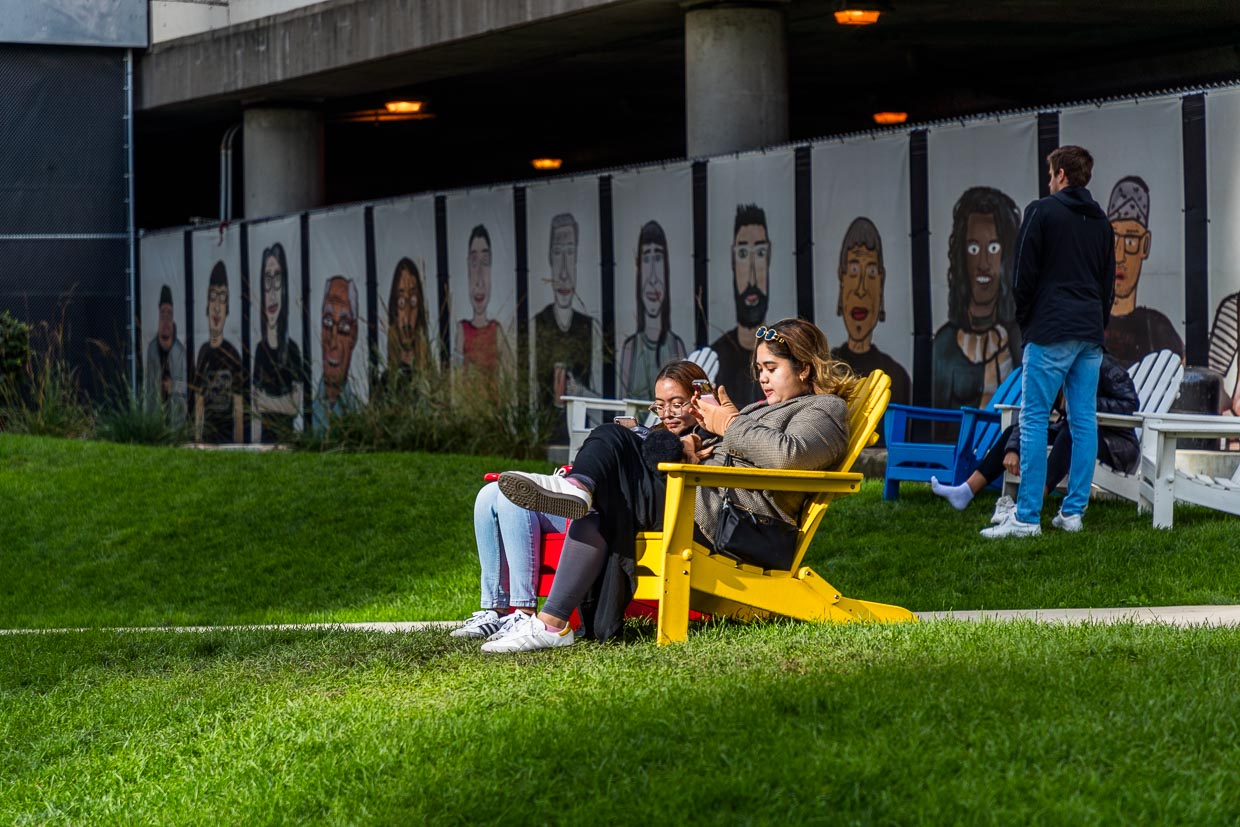
Underground – Chicago Pedway
The Chicago Pedway is a pedestrian system that connects 40 city blocks in downtown Chicago. It consists of underground tunnels and above-ground bridges and stretches for around five miles. Anyone who thinks that these are dark and narrow corridors with a foul smell and piles of garbage is wrong. The wide corridors are partly carpeted, brightly lit and clean. The pedway is used by tens of thousands of pedestrians every day and connects public and private buildings, train stations and subway lines. So down into Chicago’s underworld.
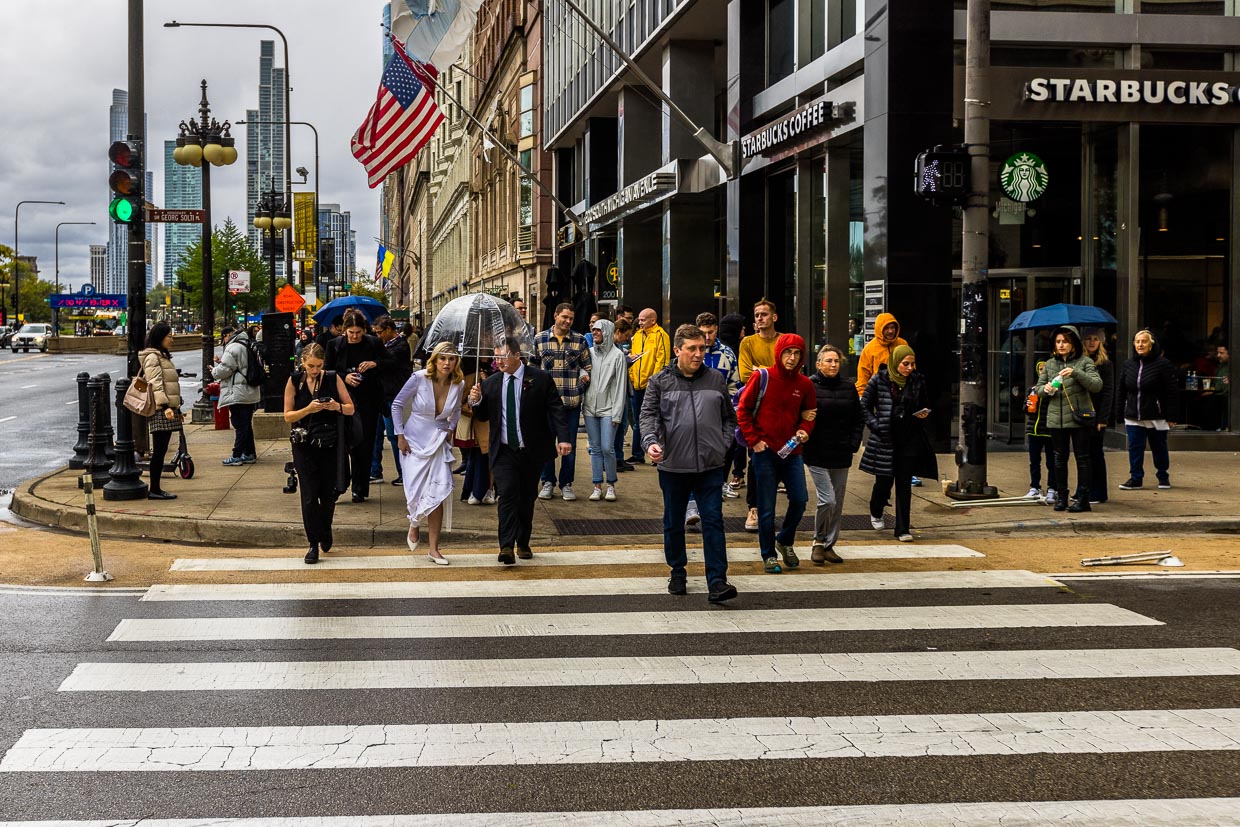
When you think of Chicago architecture, you usually think of the impressive skyscrapers. But there is also the architecture of subterranean Chicago. The city is criss-crossed by largely unknown tunnels, passages and sewers. The Chicago Pedway is a very user-friendly underground facility, as the weather in the city on Lake Michigan is known for its extremes. It is very hot in summer and freezing cold in winter, often with strong winds, rain or snow. The Pedway is warm in winter, cool in summer and always dry.
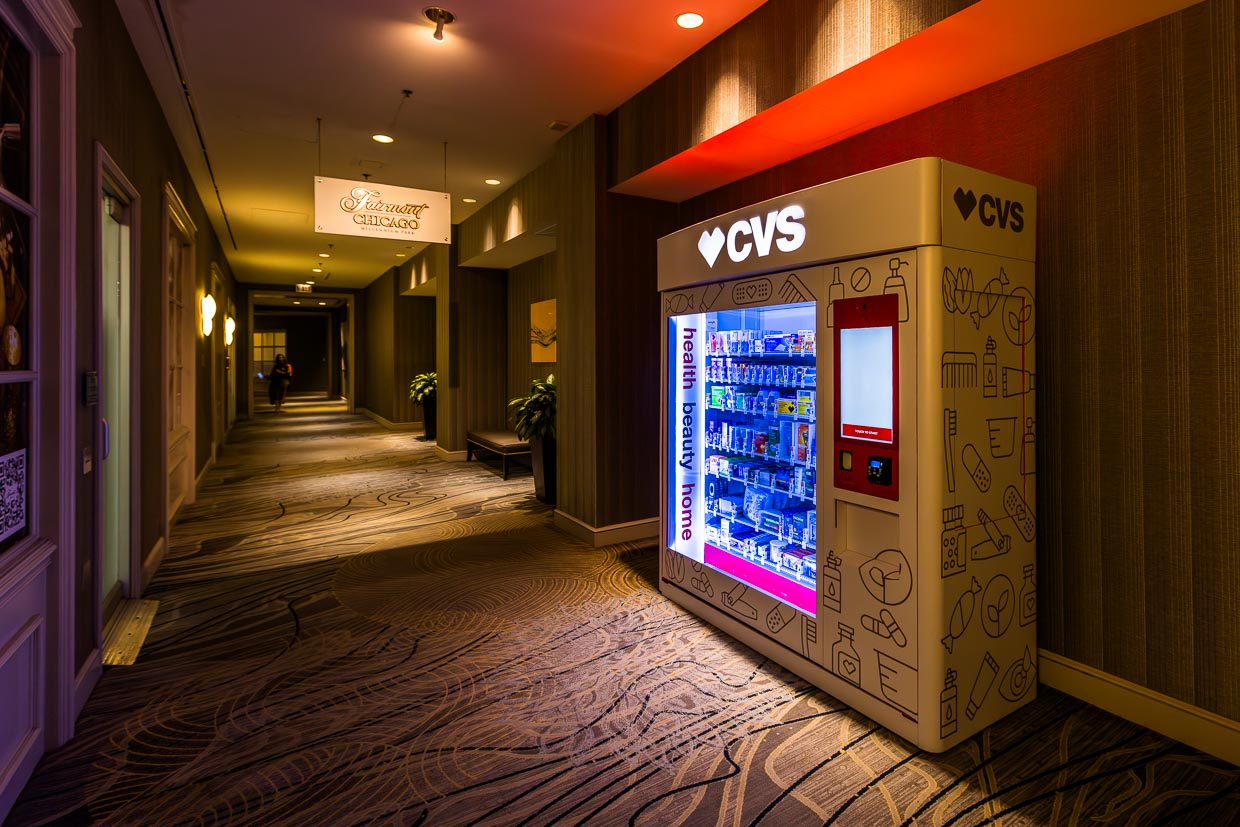
The development of the Pedway began in 1951 when the City of Chicago built a tunnel at Washington Street and Jackson Boulevard to connect the Red Line and Blue Line subway lines. Since then, the Pedway has been expanded through public and private investment. Today, the pedestrian system connects more than 50 buildings under the blocks in the famous Chicago Loop. The Pedway is a safe and fast way for pedestrians to get around the Windy City. The paths are marked by the symbol of a wind rose. There is also the option of downloading a map of the Pedway onto your cell phone.
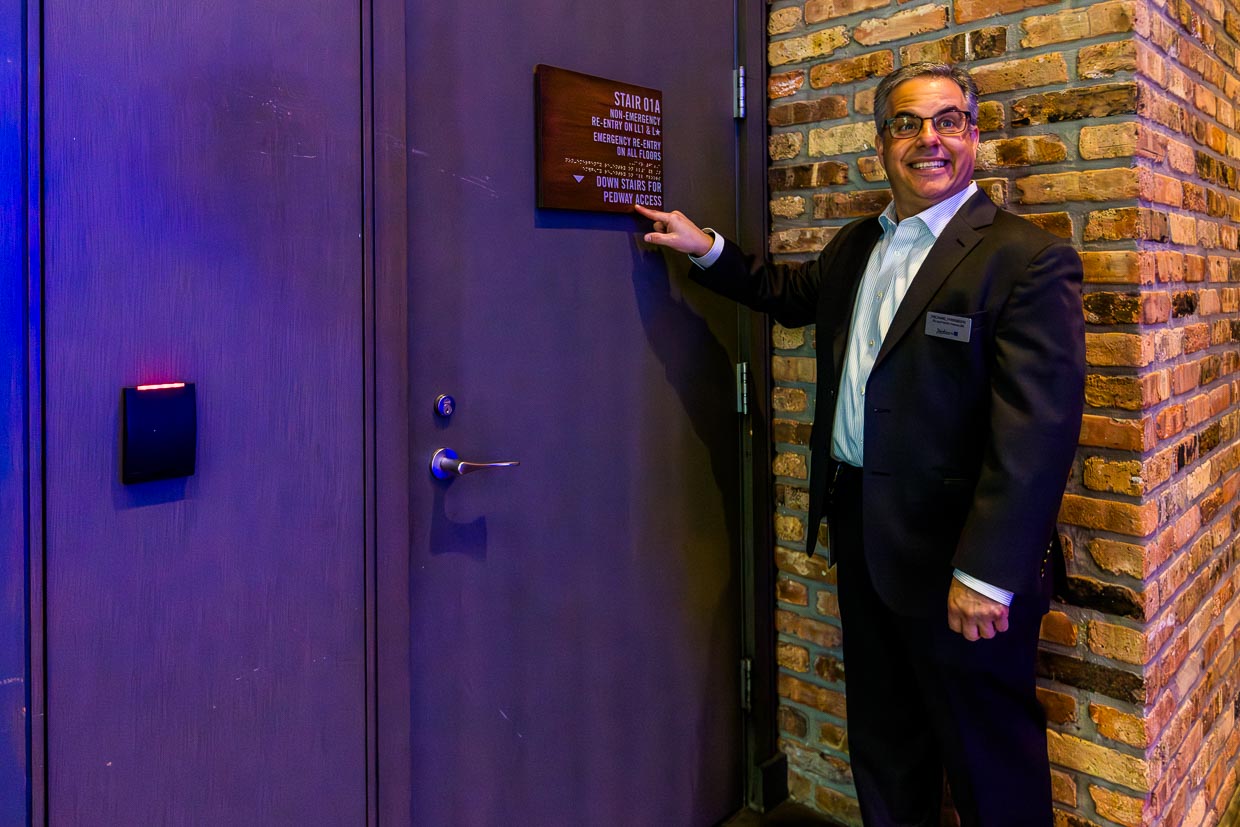
Through the tunnel to the hotel
The pedway is a practical facility. Theoretically, you can leave the hotel in the most uncomfortable rainy weather without an umbrella and with fine shoes and go shopping in Macy’s or visit a restaurant. At the Radisson Blu Auqa on Columbus Drive, as well as some other downtown hotels, there is direct access from the lobby to the pedway. Many hotel employees and also hotel guests use this route. The Radisson Blue Aqua is also a worthwhile stop when exploring the underground pedestrian system. The lobby of the hotel is absolutely worth seeing and the FireLake restaurant with its American charcoal grill and farm-to-table philosophy is highly recommended. The hotel and restaurant are just a few steps away from Lake Michigan and Millennium Park.
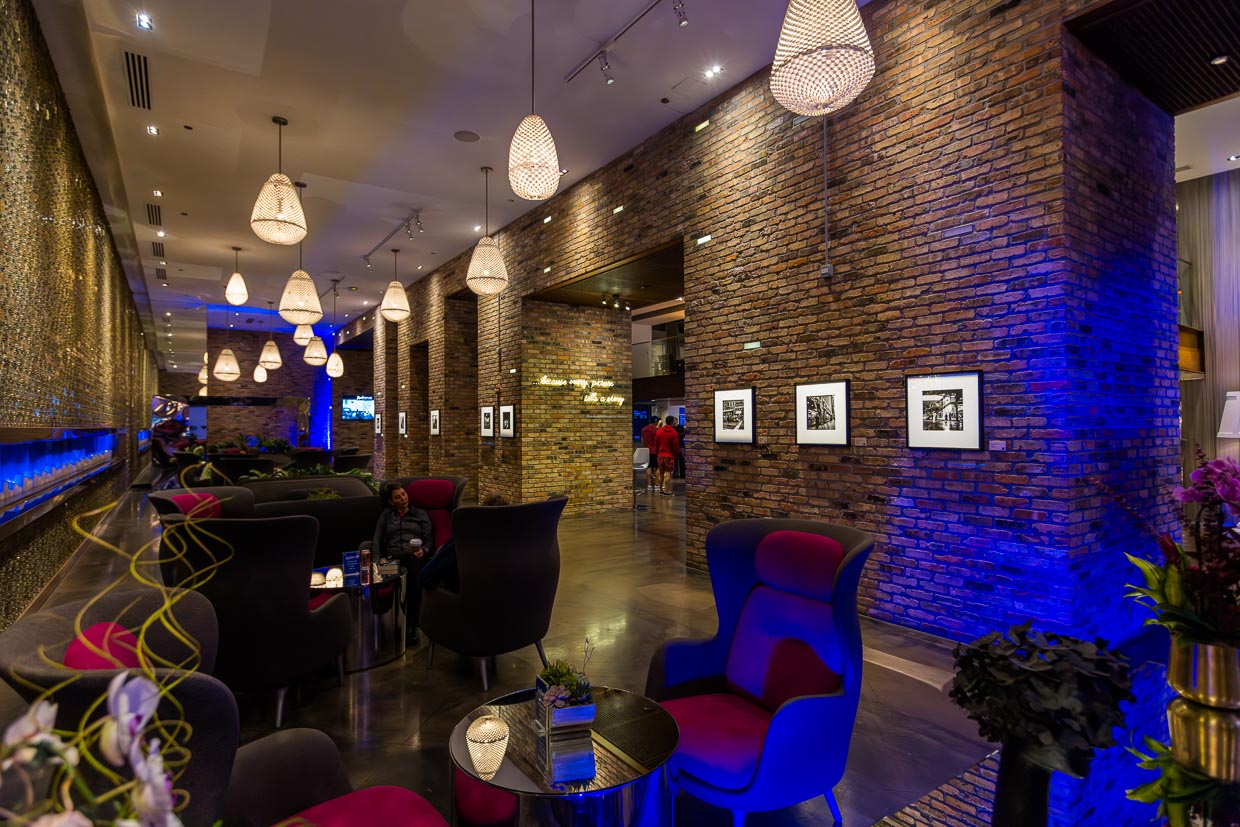
The female gaze: Architect Jeanne Gang – photographer Vivian Maier
A closer look at the Aqua Tower is worthwhile for two other reasons. The first reason is that it hides a little, just as the photographer Vivian Maier has done all her life. Vivian Maier is the great unknown in the history of photography. Her great photographic art was only discovered after her death. She photographed obsessively for almost five decades. But no one got to see these photos, not even she herself, because she didn’t have the money to have the films developed. Ten of her pictures from Chicago in the 1950s and 1960s hang in the lobby of the Radisson Blu Aqua. Absolutely worth seeing, especially as there is still no permanent exhibition of Vivian Maier’s photographs in Chicago. The search for Vivian Maier and the meticulous research of her biographer Ann Marks have brought numerous pieces of the puzzle of Vivian Maier’s problematic life to light. After six years of intensive detective work, the book Vivian Maier Developed. The Untold Story of the Photographer Nanny was published in 2023. Click here for our book review A life through the viewfinder.
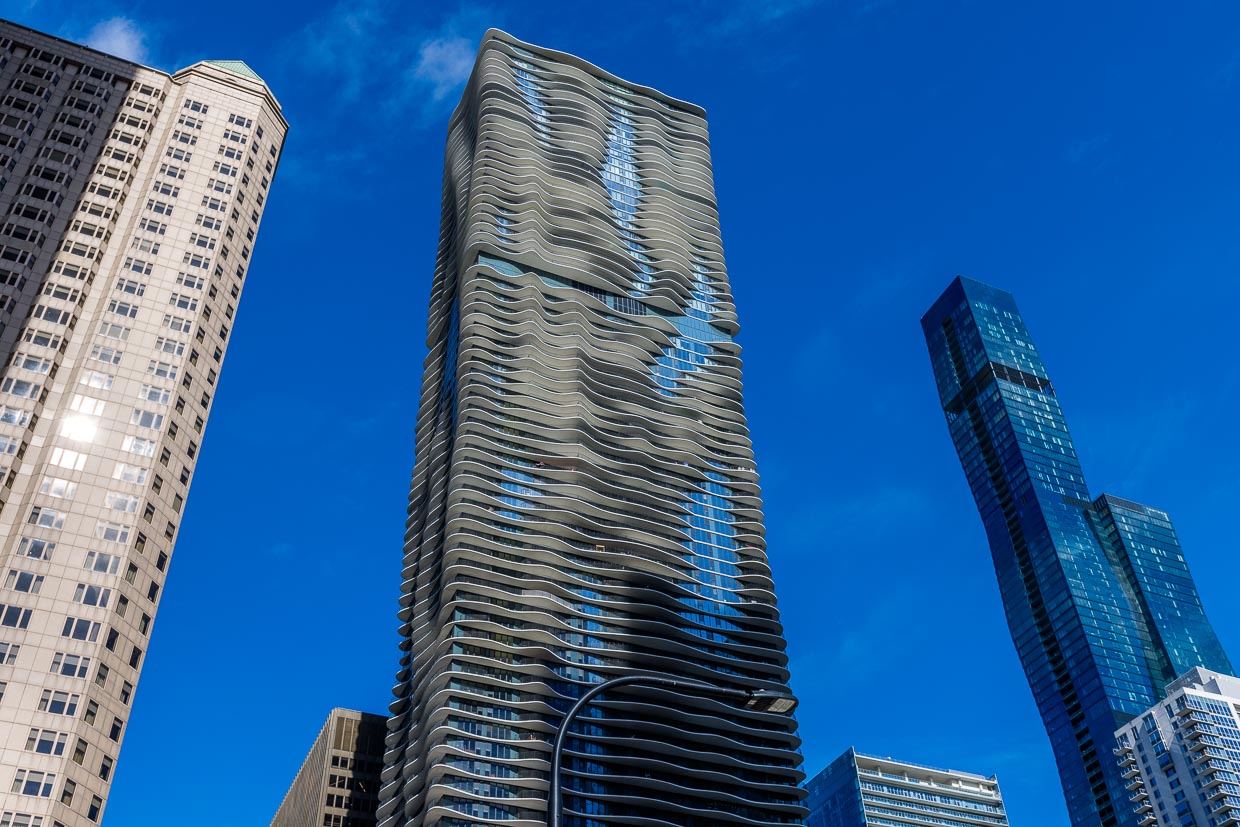
At 262 meters, the Aqua Tower long held the record for the tallest skyscraper designed by a woman. The 81-storey hotel and residential building on Columbus Drive was completed in 2009 based on the designs of star architect Jeanne Gang. The Aqua Tower has won numerous awards for its design with its curved balconies, including Skyscraper of the Year in 2009 (Emporis Skyscraper Award). In 2020, the title for the tallest building built by a woman went to the 365-metre-high St. Regis, which stands in the immediate vicinity. Jeanne Gang was able to retain the title, as the third tallest building in Chicago was also designed by her.
Nobody has to eat at fast food chains in Chicago. Three food tips that combine food with culture and history. From fictional sandwich shops to the Queen of Chicago.
The research was supported by Choose Chicago

